Tags: Solar System
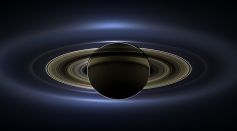
Saturn’s Rings Are Vanishing! But Not Now, They Are Disappearing Slowly in 300 Million Years

Earth Has 27.5-Million-Year Cycle of Major Geological Events Resulting in Mass Extinctions, Study Claims

Space Sounds: What Are These Planetary Noises and How Do They Add to the Understanding of the Universe?

NASA Exoplanet Archive Finally Reaches 5000th Milestone After Searching For More Earth-Like Planets Beyond Solar System

Where Is Planet Nine? Astronomers Baffled Over Mystery Planet's Location After Scanning 87% of Sky

Is Dwarf-Planet Ceres a Visitor From Icy Edges of Solar System? Probably, Scientists Say

Binary Star 980 Light Years Away Discovered with Three Exoplanet Systems in Early Stage
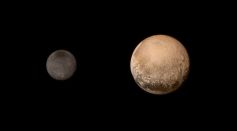
Should NASA Go Back to Pluto? Here’s What We Need To Know About the Persephone Mission Concept

Jupiter's Mysterious Atmosphere Solved: How Did Solar System's Past Solve This Problem?

Russia's Chelyabinsk Meteorite Reveal Collisions Behind Moon Formation
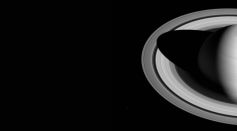
Planety Mystery Behind Saturn’s Bright Aurora Borealis Finally Resolved

More Giant Flares in the Near Future? Sun Eruption Unceasingly Happening All Month

Mysterious New Trans-Neptunian Object Could Help Search for Planet Nine, Astronomers Say
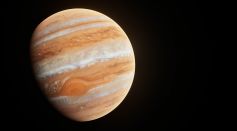
Jupiter Mystery Solved After 30 Years, NASA's NuSTAR Telescope Detects Highest-Energy Light Ever From the Planet
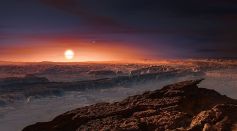
European Southern Observatory Finds New Exoplanet Orbiting Proxima Centauri; Is Proxima d Lighter Than Earth?
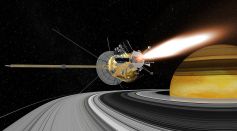
Saturn’s Aurora Borealis: Should The Planet's High-Altitude Winds Be Blamed For This Stunning Mechanism?

Youngest Pair of Near-Earth Asteroids Only 300 Years Old Spotted; When Will It Visit the Planet Again?

James Webb Space Telescope Mission: Find 'Super Earth' Exoplanets, Hot Rocky Planets That May Host Life

Moon Plays Crucial Role in Life on Earth, Could Potentially Determine What Makes A Planet Habitable

ESA's Solar Orbiter Captures Comet Leonardo by Tail for the Second Time, Calling It A 'Bonus Science'
Most Popular

Largest Known Volcanic Aquifer Discovered Beneath Oregon's Cascades

New 'Supergiant' Sea Bug Found in South China Sea, Named After Darth Vader

Mediterranean Sea Was Refilled by a Catastrophic Flood Millions of Years Ago

Mysterious Cosmic Waves That Sound Like Birds Detected in Unexpected Space Region




